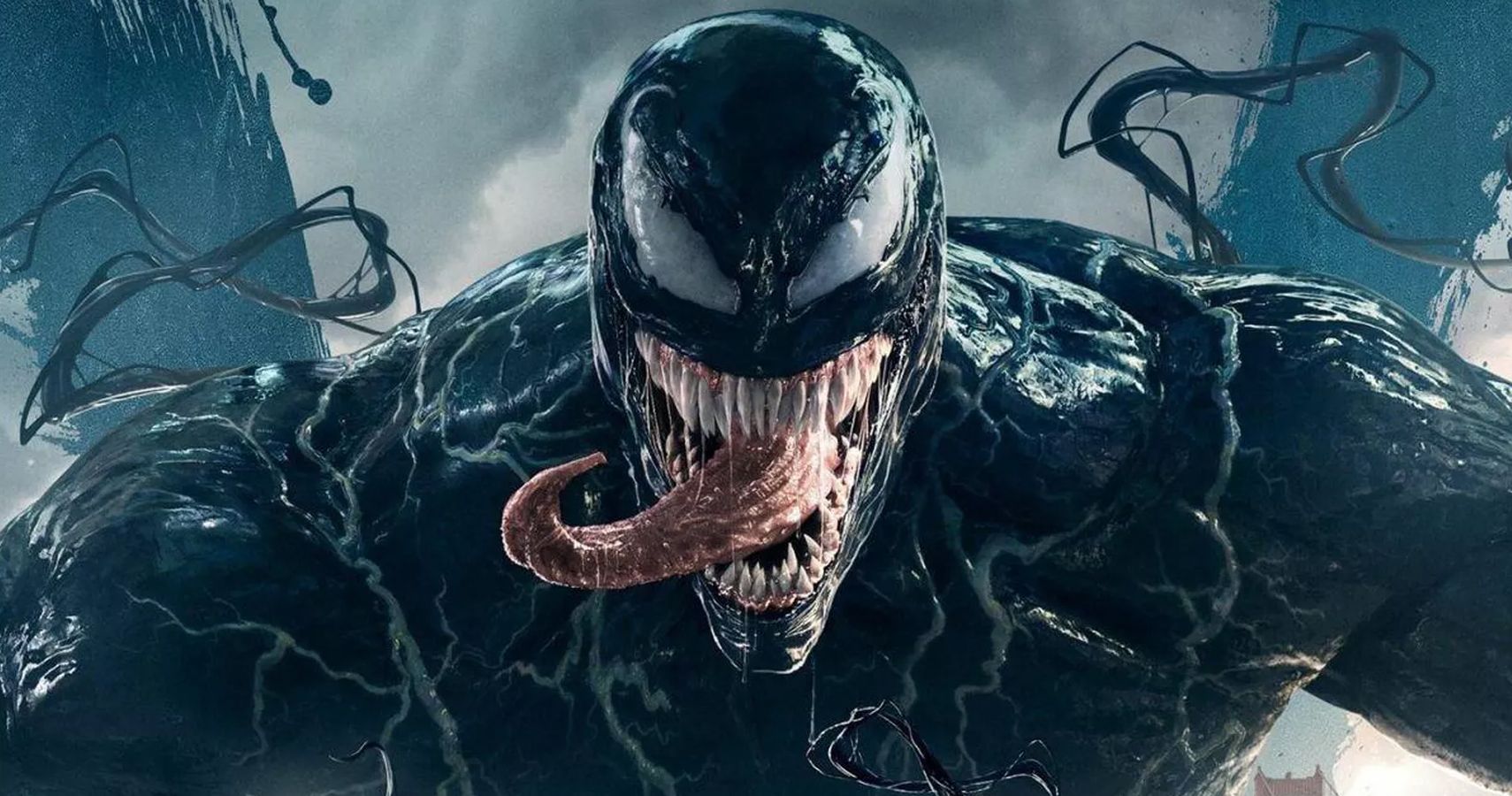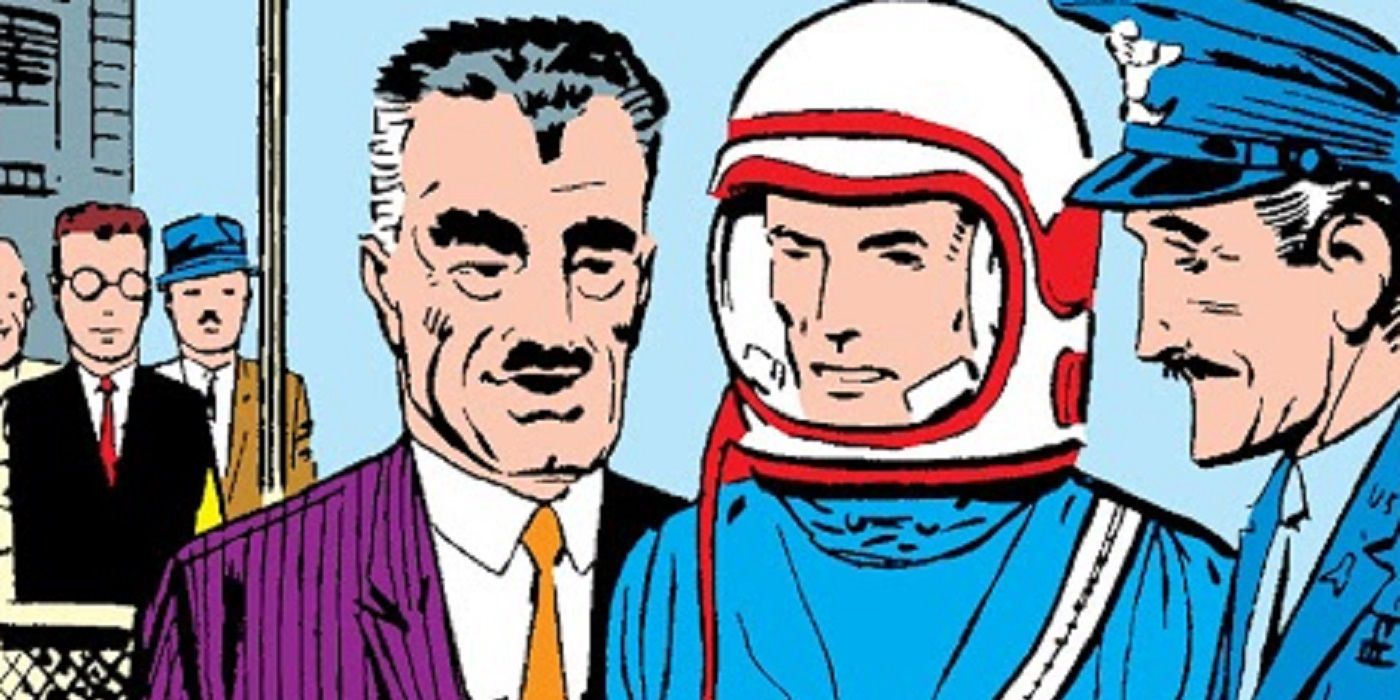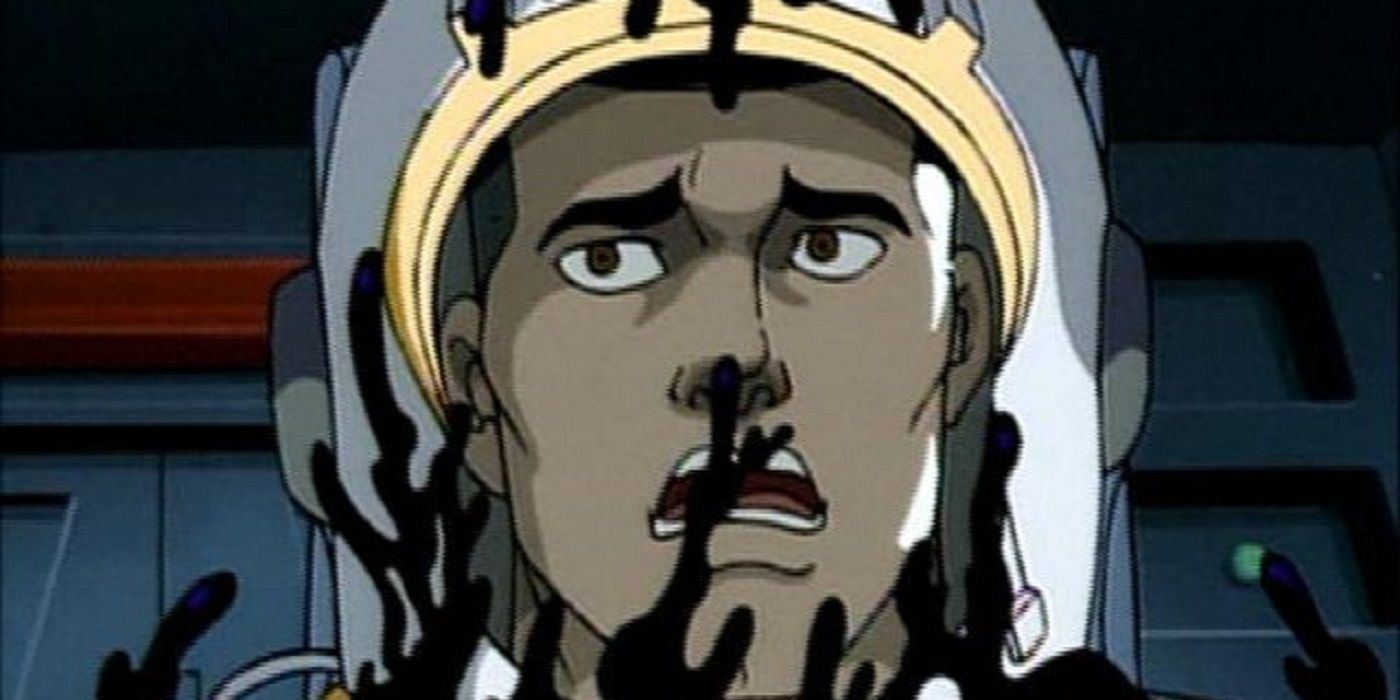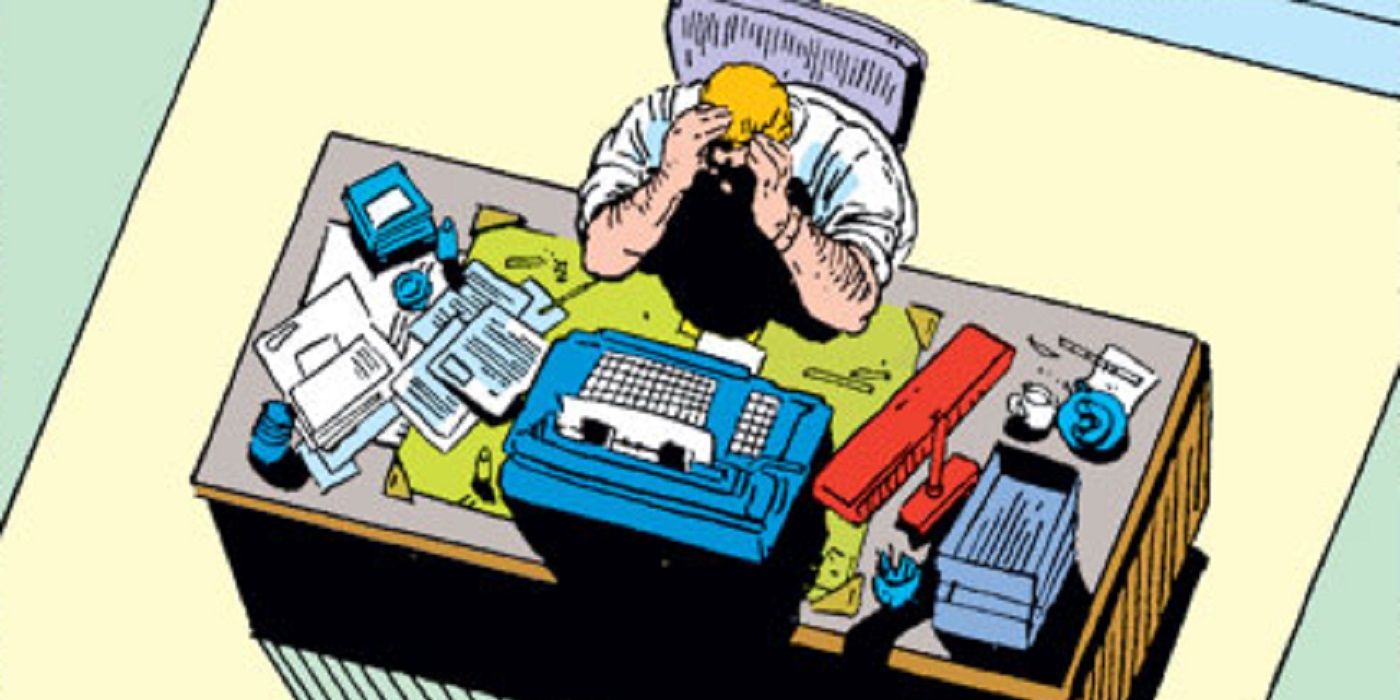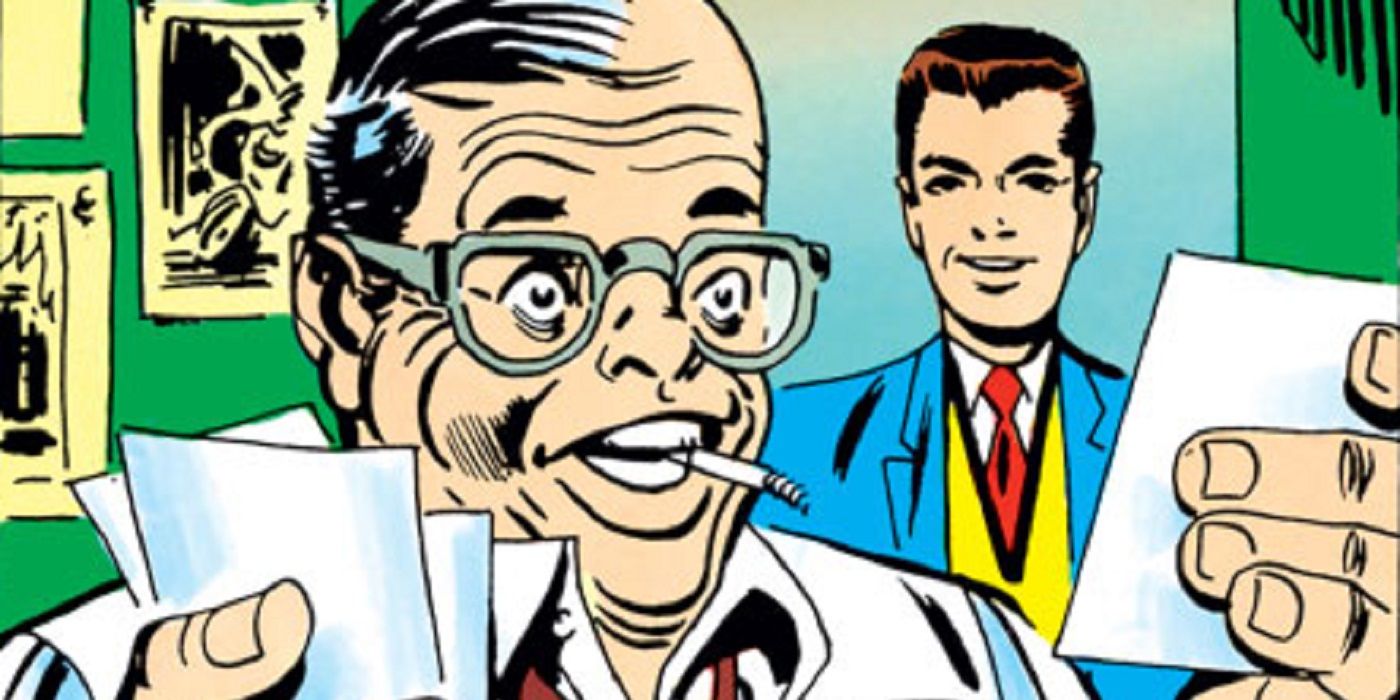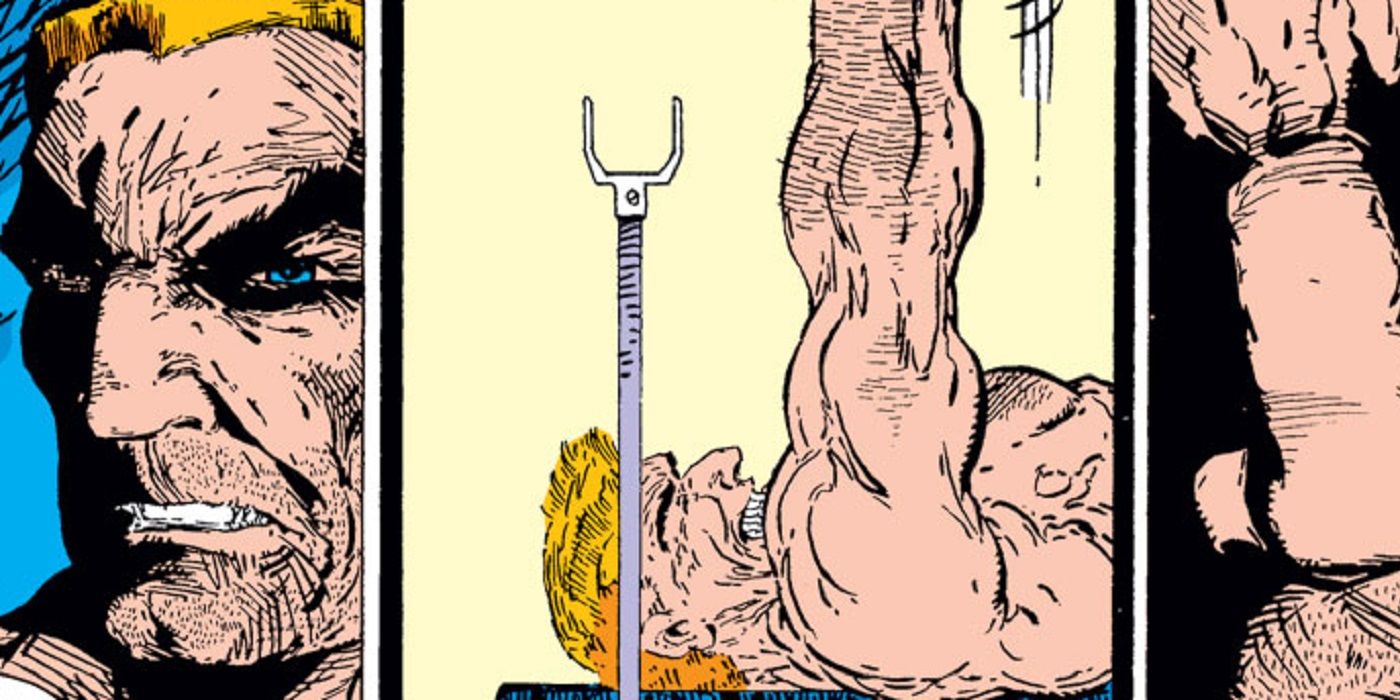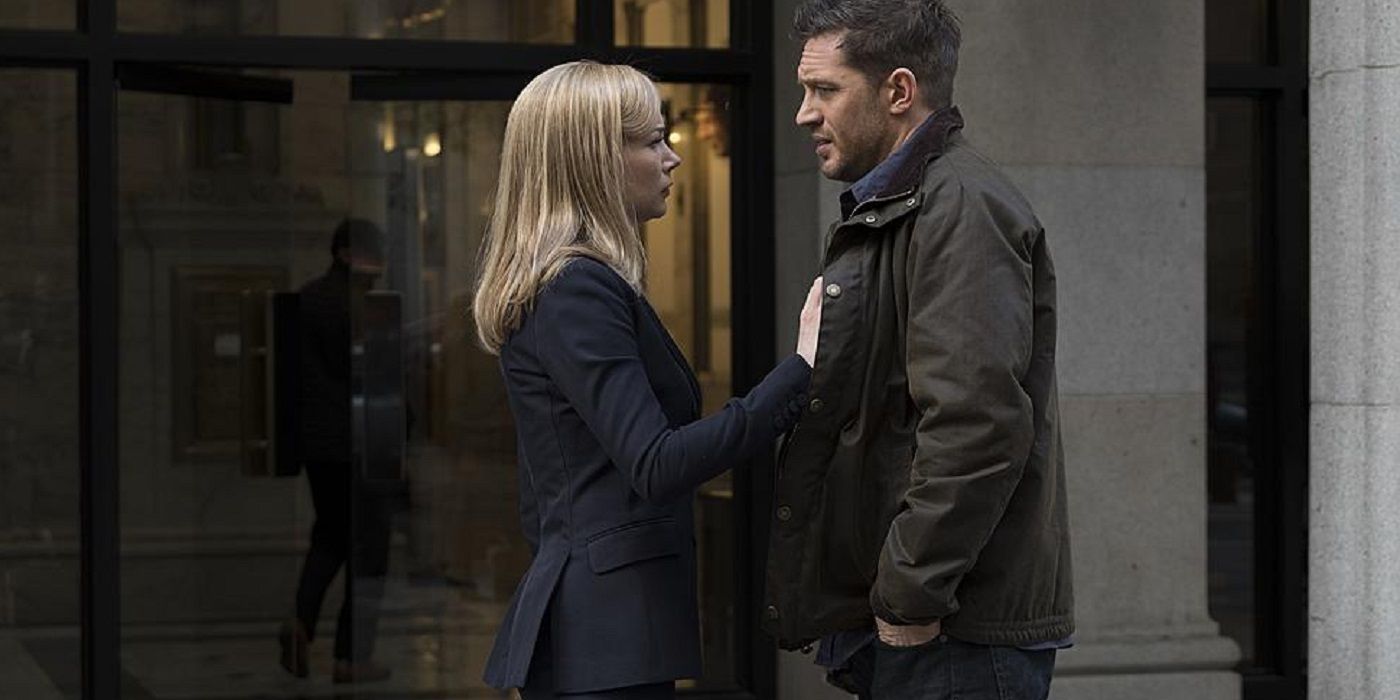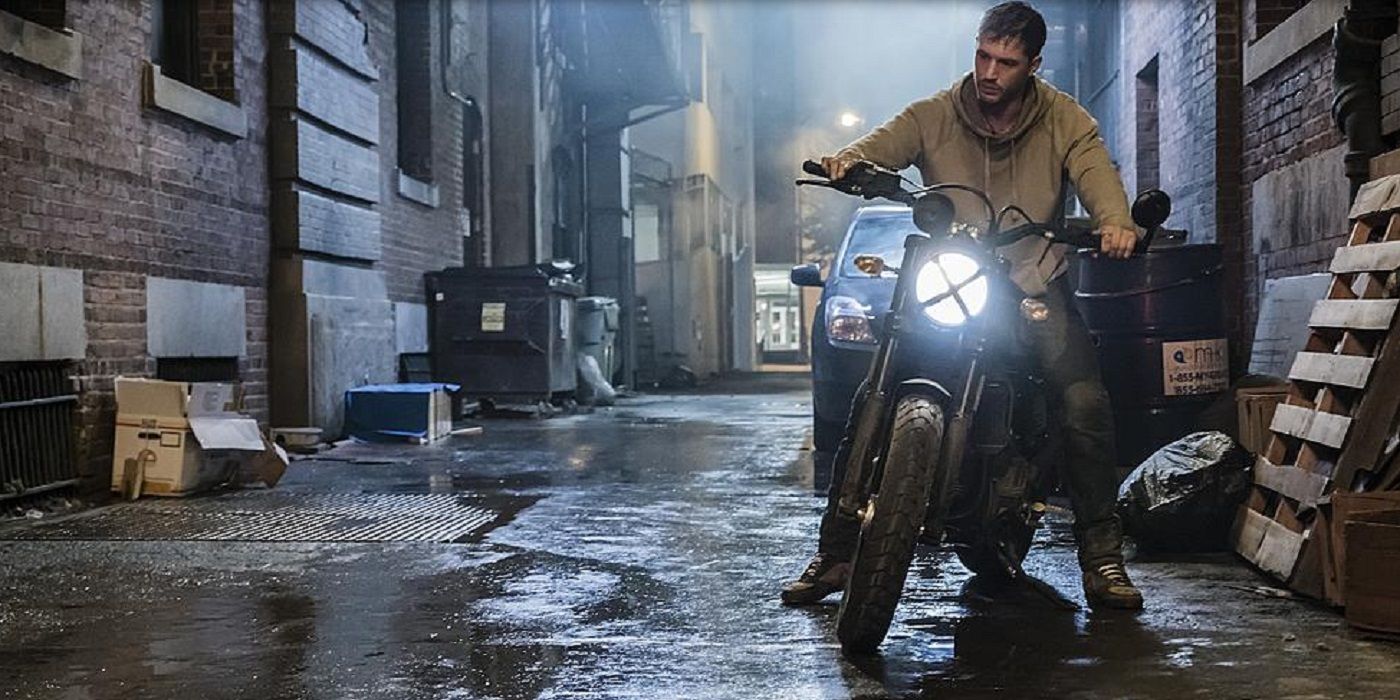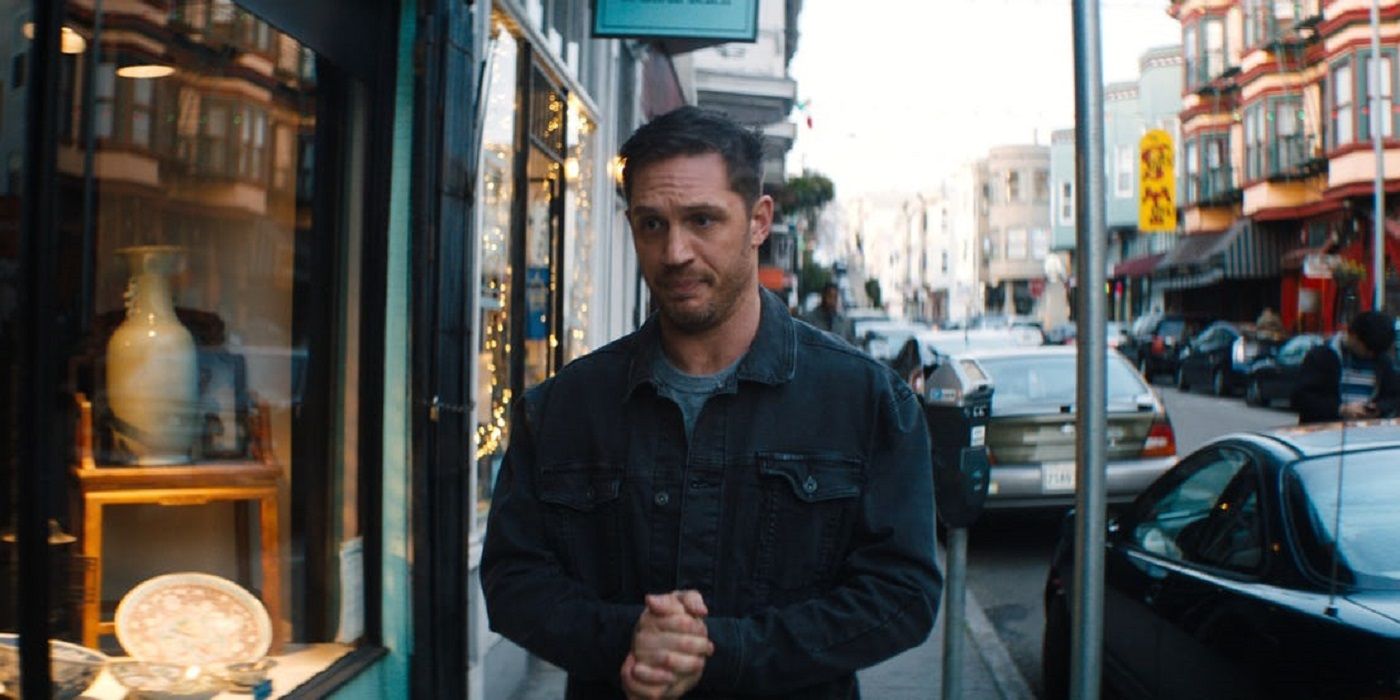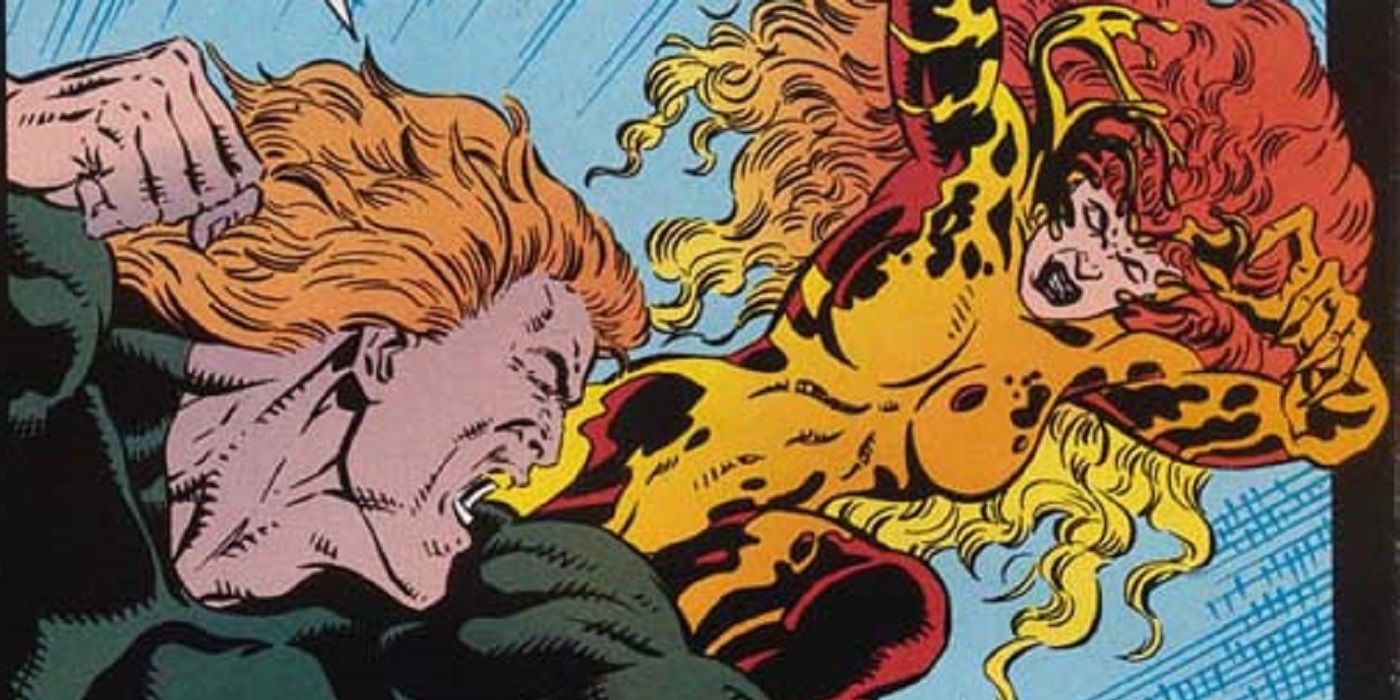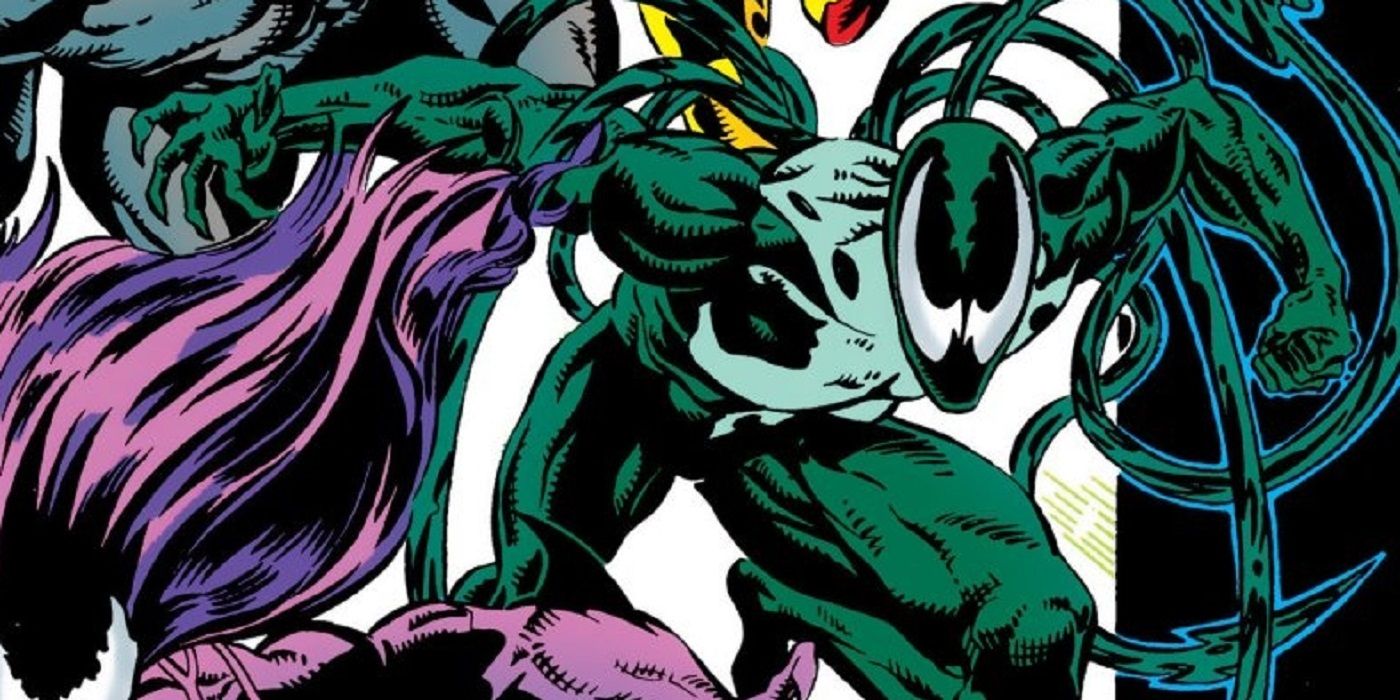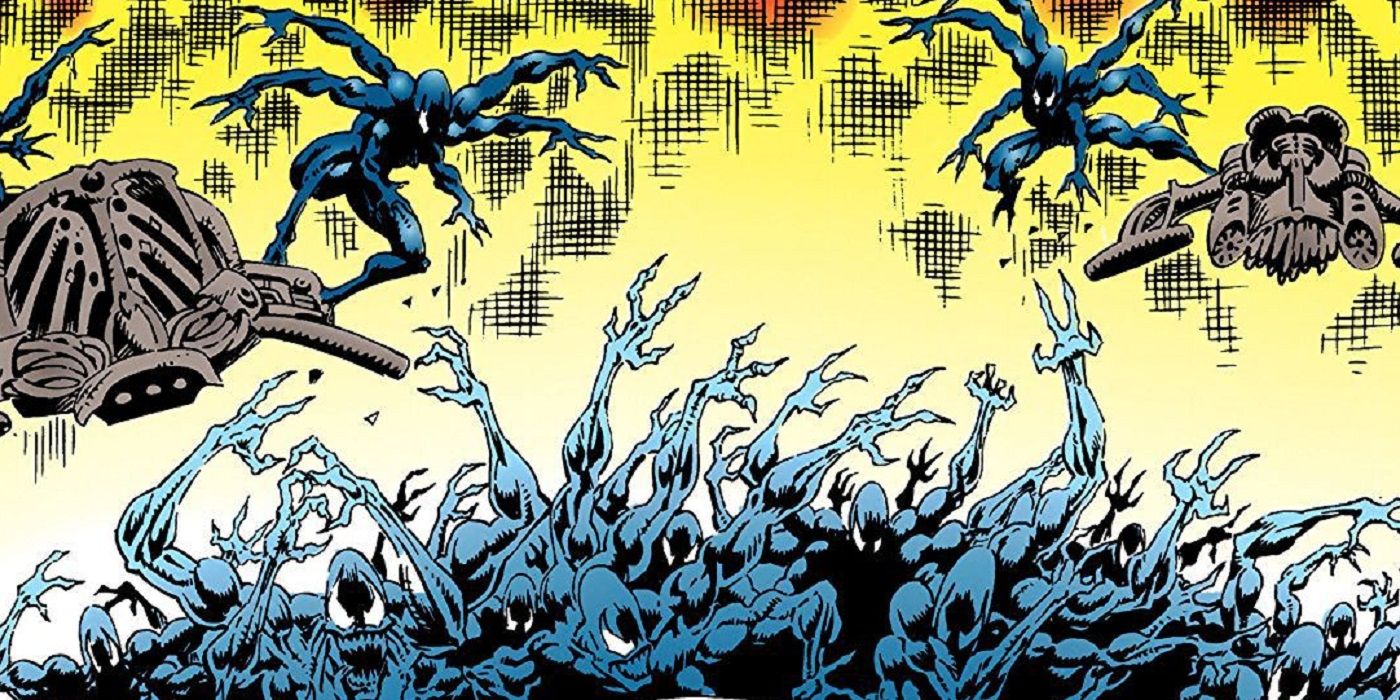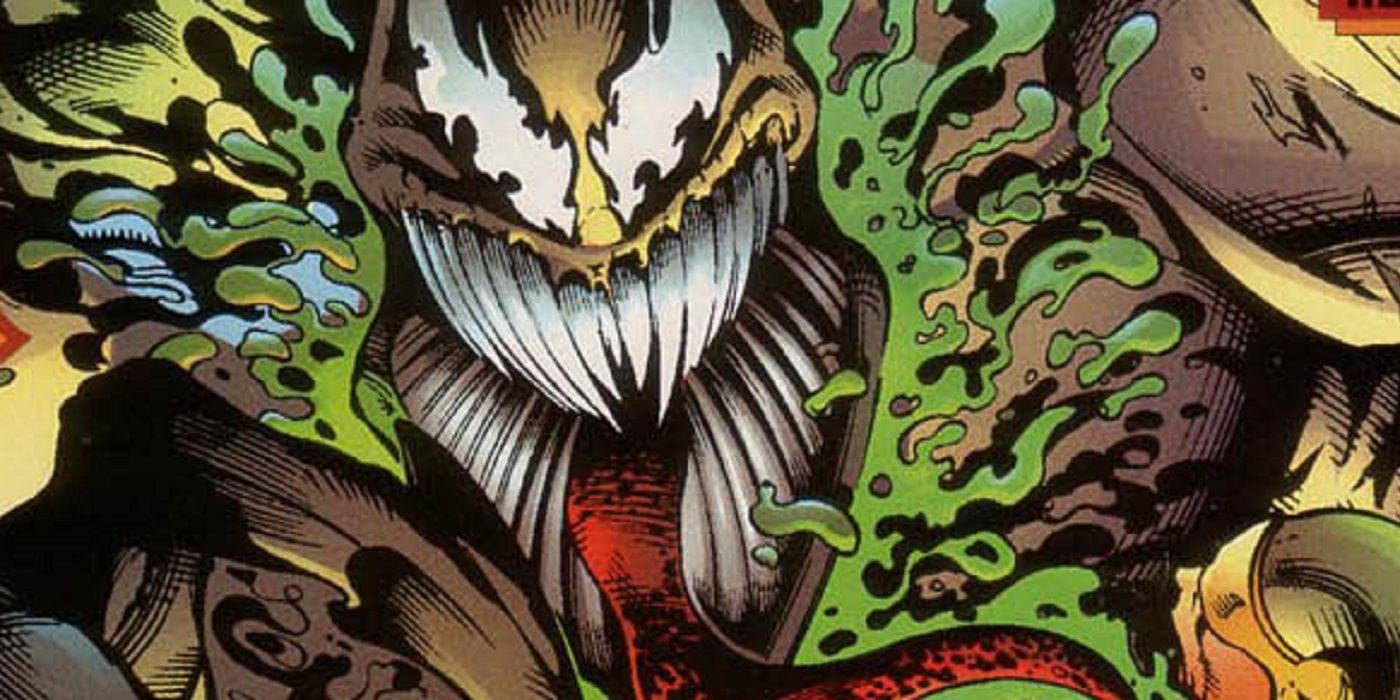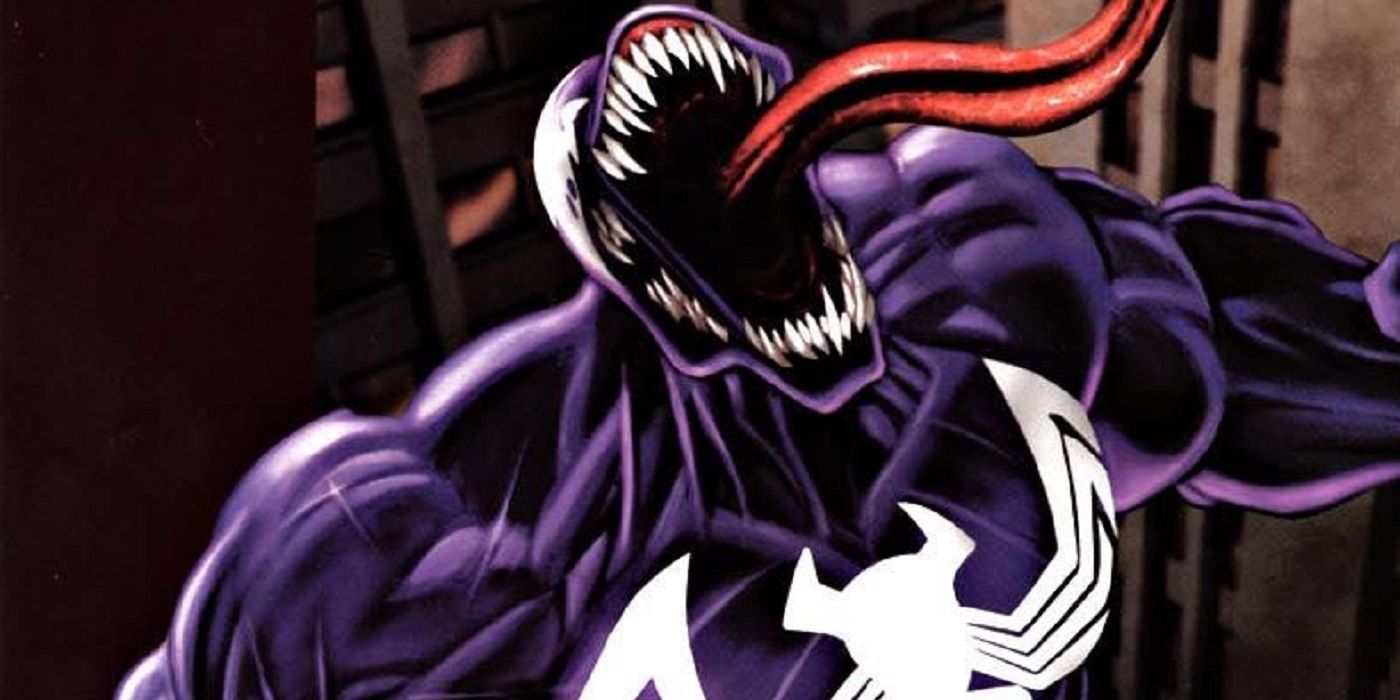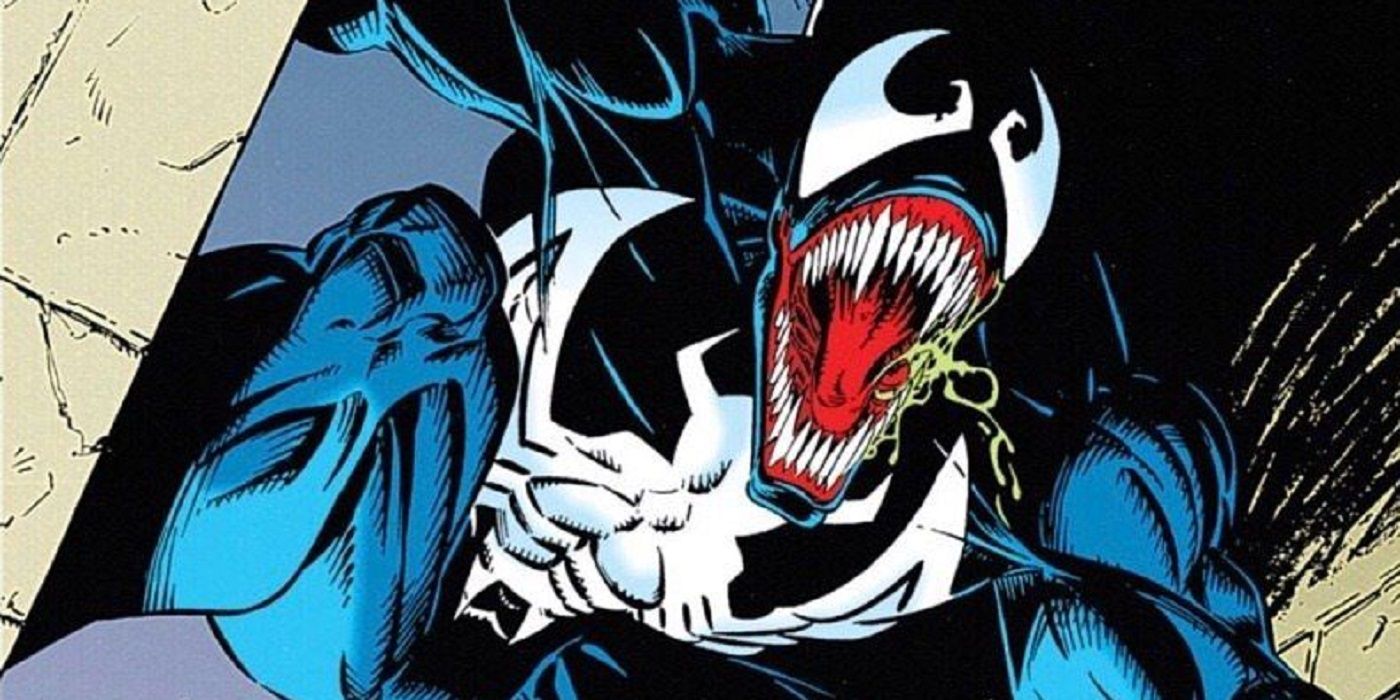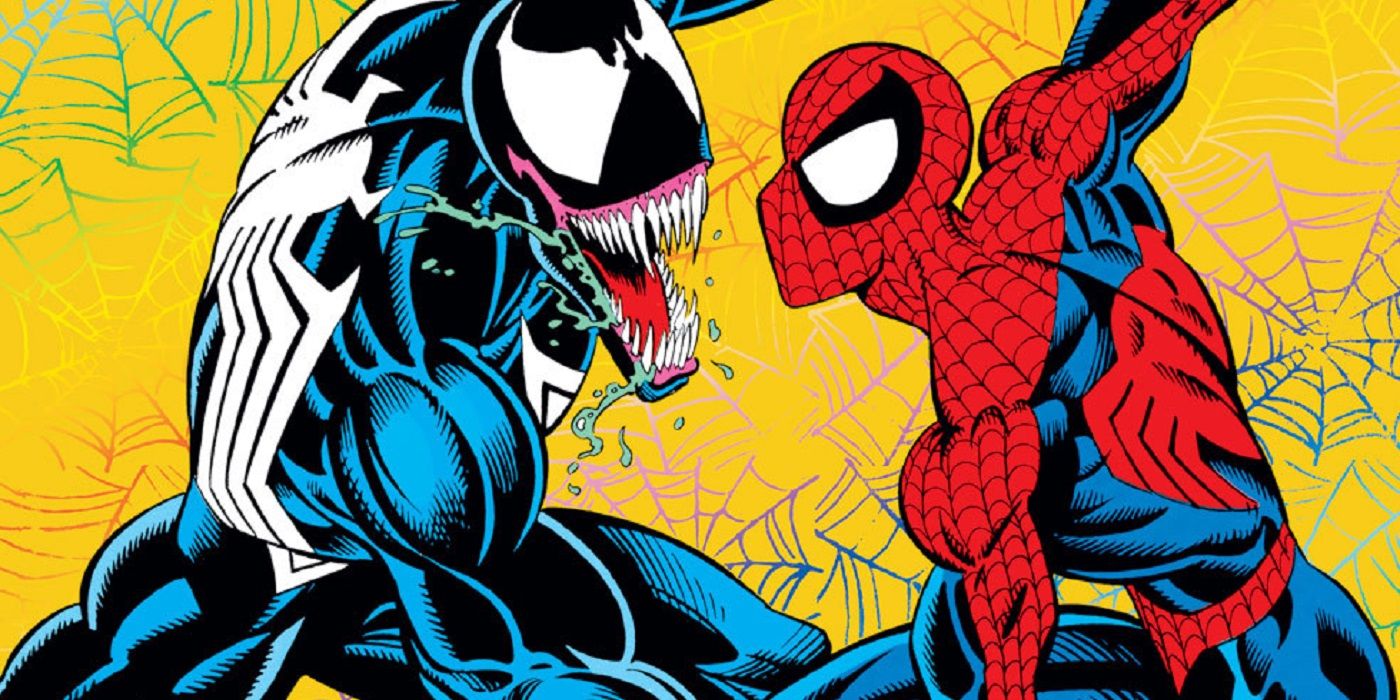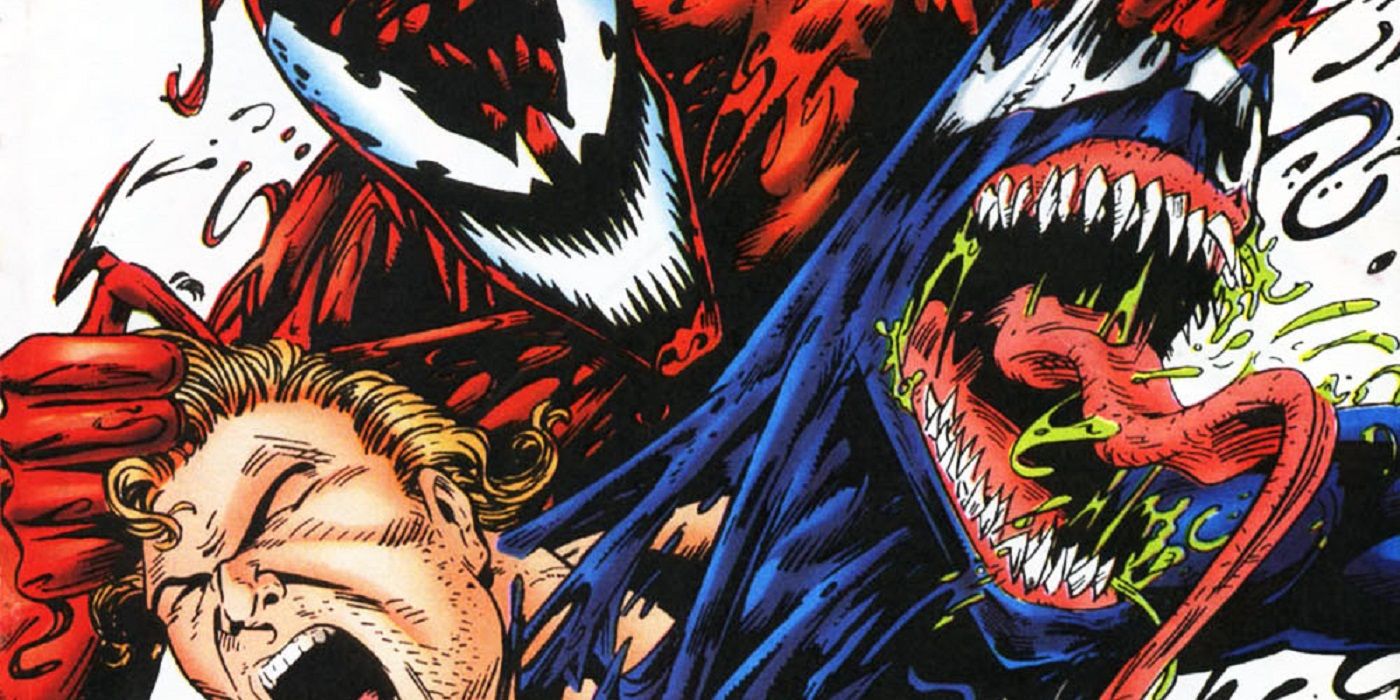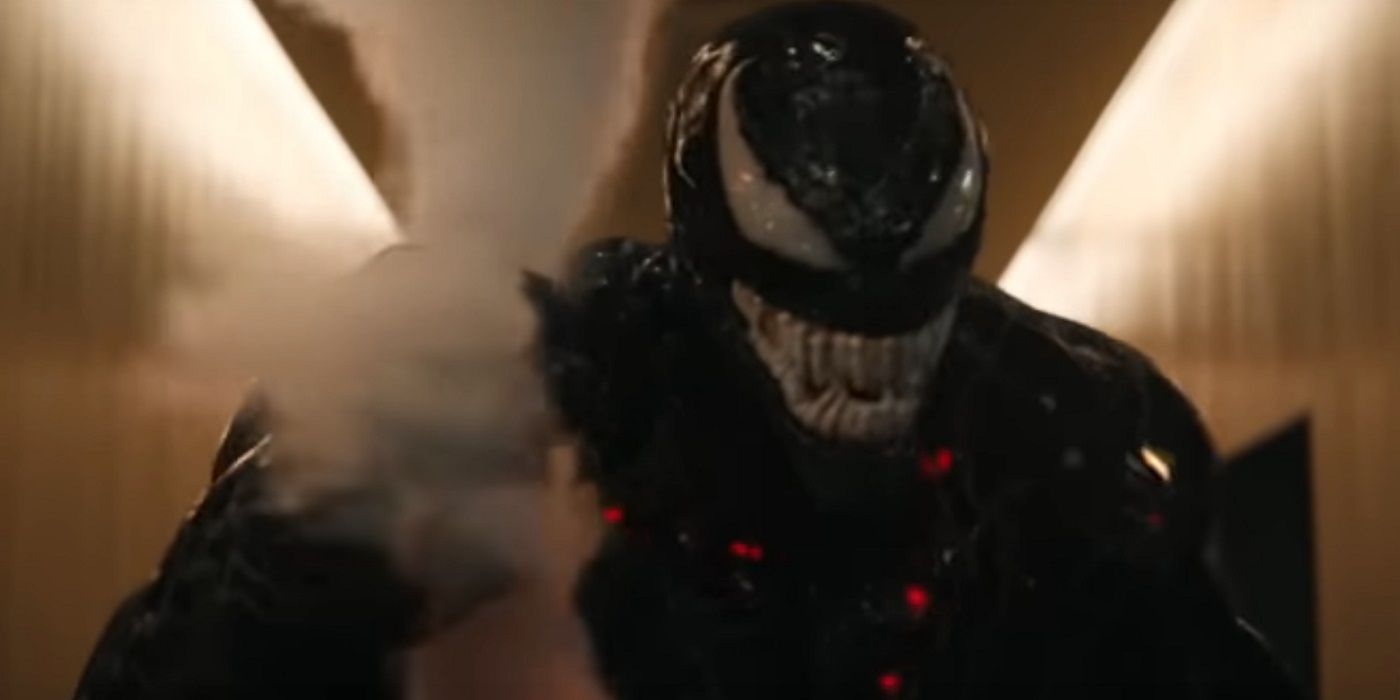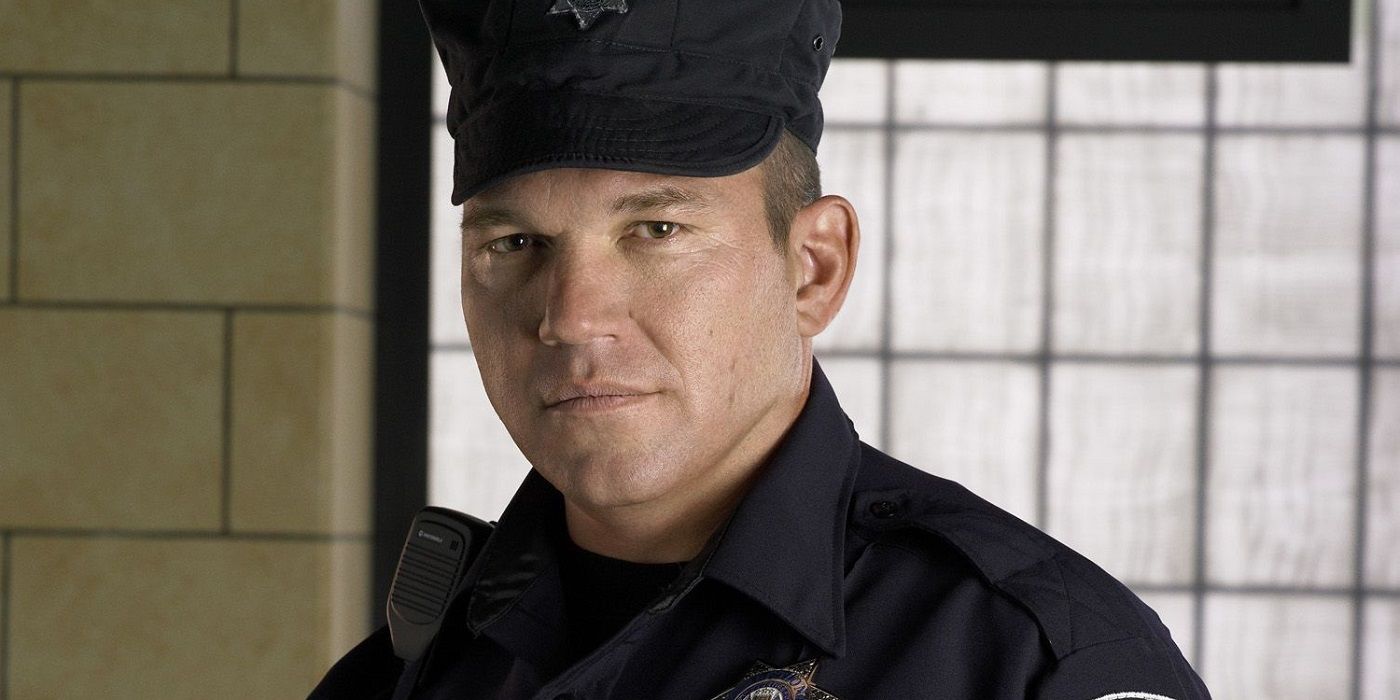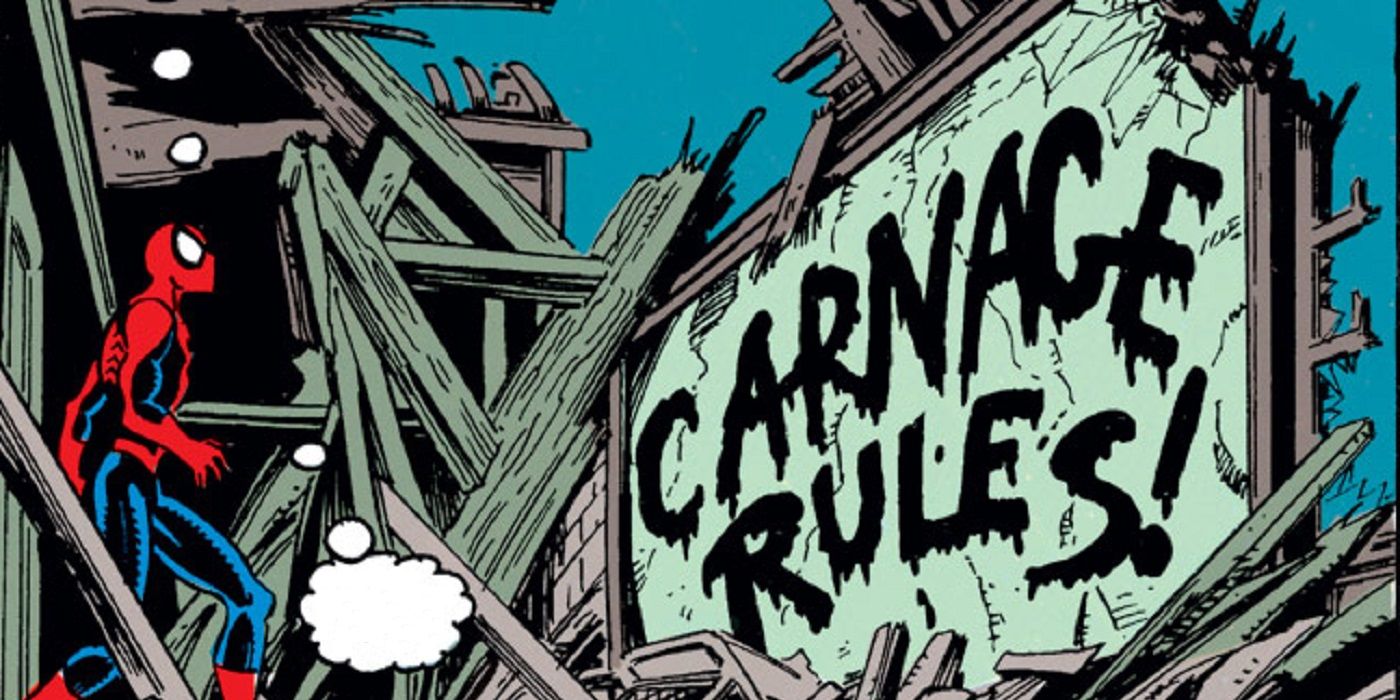SPOILER WARNING: This article contains massive spoilers for Venom, which is in theaters now.
One of the best attributes of the Marvel Cinematic Universe is that there is a certain level of quality that fans can expect from each of the films that Marvel Studios releases. They are likely going to be good films that follow their source material well, with lots of clever Easter Eggs for the fans of the original comic books. Once you got outside the MCU, though, you are dealing with unknown territory. You never know whether the filmmakers will even be fans of the original comic books or whether they will try to change as much as possible to try to put their own particular stamp on the material.
In the case of Sony's new Venom film, however, the director of the film, Ruben Fleischer, clearly believes in paying tribute to the original Venom comic books. He was a big fan of the comics and revealed a number of rather obscure Easter Eggs well before the film even came out. As a result, Venom is incredibly faithful to the original Venom comics. The basic plot of the film is taken directly from the first Venom miniseries that came out in 1993. In addition, Fleischer packed the film with tons of Easter Eggs and clever references that longtime Venom fans will instantly recognize. Some of these bits are just outright adapting plots from old Venom comics, like Eddie Brock's ex-wife, Anne, briefly becoming She-Venom. That is more than an Easter Egg. However, there are also smaller bits that you would miss if you did not know that they were intended to be references to the comics. See how many of these that you caught in the film!
20 OUT OF THIS WORLD CAMEO
At the beginning of the film, we see an accident involving the Life Foundation's shuttle crew. When they crash back on Earth, almost all of the crew dies right away, while bringing the alien symbiote to Earth. The only survivor is a crew member named Jameson. This, of course, is a reference to John Jameson, the son of J. Jonah Jameson.
John debuted in the very first issue of Amazing Spider-Man where he was, sure enough, an astronaut whose life Spider-Man had to save. Spidey figured that saving the life of the son of his biggest critic would help him get in Jonah's good graces. Instead, it just made the older Jameson resent Spider-Man even more, as it took away the attention from his hero son!
19 DEJA VU, ALL OVER AGAIN
John Jameson is best known for the fact that during one of his missions in outer space, he ended up finding a Moon Gem, a magical device that transformed him into a werewolf creature known as Man-Wolf. In the early 1970s, once the Comics Code was relaxed enough to allow vampires, werewolves, and zombies, Marvel went big on that sort of thing.
In a more direct reference in the film, however, in the 1990s Spider-Man Animated Series, Jameson was actually on a mission that ended up bringing the Venom symbiote back to Earth. So it is a clever nod in Venom to show the same thing happen this time around, as well.
18 RE-VISITING PAST SINS
One of the most subtle Easter Eggs in the film was explained by Ruben Fleischer ahead of the movie's release. We know that Eddie Brock moved to San Francisco because of something involving his old job at the Daily Globe, but we aren't told why.
In the comics, Eddie was a columnist who was disgraced once he did a series of interviews with a man who confessed to being the sociopathic Sin-Eater. Once the real Sin-Eater was taken down by Spider-Man, Brock looked like a fool and he lost his job. Fleischer hints here that the same thing happened to Eddie, as well. Either way, there is a reference to the Daily Globe.
17 OLD FRIENDS
Speaking of the Daily Globe, the newspaper actually showed up in the pages of Amazing Spider-Man decades before Eddie Brock was introduced. You see, in Amazing Spider-Man #27, Steve Ditko and Stan Lee had Peter Parker grow sick of dealing with J. Jonah Jameson. So he decided to sell his photographs of Spider-Man to a different newspaper. The editor there was named Barney Bushkin. The problem for Peter was that Bushkin was a lot more inquisitive as to how Peter got his photos, so Peter stopped using him.
Years later, Bushkin would become Eddie Brock's editor and he gets a reference in the film.
16 LIFTING PAST THE PAIN
One of the odder aspects of Eddie Brock's backstory was the fact that once he lost his job at the Daily Globe, Eddie devoted himself to weightlifting. Obviously, this is a little bit strange. It was not like Eddie had to get super built to be a host, but regardless, it became part of his story. It became a recurring activity for Eddie while in prison after being arrested as Venom. So even though he didn't need it, it at least helped him take out his frustrations.
In any event, the film makes reference to Eddie's weightlifting obsession by having a series of dumbbells lying around Eddie's apartment in the film.
15 LAW FIRM TRIBUTE
Venom made his first appearance on the last page of Amazing Spider-Man #299. That issue was the second comic in the acclaimed run on the series by writer David Michelinie and artist Todd McFarlane. Thus, the two men were the co-creators of Venom (while obviously, the symbiote pre-existed their run on the book).
The film pays tribute to these two very important creators by having Michelle Williams' Anne Weying work at one point for the law firm of Micheline and McFarlane. That same law firm represents the Life Foundation. It is a great way to honor those two creators without worrying about giving them equal credits.
14 BUILDING TRIBUTE
As noted, the idea of a symbiote existed before Michelinie and McFarlane. That idea goes all the way back to when Spider-Man was first given a black costume during Marvel Super Heroes Secret Wars. The black costume, though, was actually a fan creation. It came about thanks to a fan by the name of Randy Schueller who wrote to Marvel with his idea. The symbiote stuff came later, but the black costume was all Randy. As we reported back in 2007, Randy was paid $220 for the idea.
In the film, therefore, Eddie Brock's apartment is called the Schueller Building. It is a very cool tribute to an important contributor to the history of Venom who was unknown for almost two decades!
13 RON LIM IN THE HOUSE
When Venom got his own miniseries back in 1993, the first issue was handled by the then-regular creative team on the Amazing Spider-Man: writer David Michelinie, and penciler Mark Bagley. However, Bagley had to return to the regular series after launching the book. So penciler Ron Lim took over for Bagley and finished out the series. It was Ron Lim who first drew the other symbiotes introduced in that series.
Sure enough, at one point in the film, Eddie is walking through San Francisco and he passed by an herbal store that is named after Ron Lim! A small and subtle tribute, but a tribute nonetheless.
12 MAKE YOU WANT TO SCREAM
In the first Venom miniseries, the Life Foundation managed to force the Venom symbiote to spawn five other symbiotes. These five other symbiotes were treated rather oddly over the years, as most of them were never even named until years later when action figures were made of them. One of the more notable symbiotes was called Scream.
Scream was one of the only symbiotes to survive past the first few years of Venom having his own series. Scream appears very briefly in the film, as one of the other symbiotes that the Life Foundation was trying to make work. It tries to bond, unsuccessfully, with a rabbit.
11 WHO IN THE WORLD IS DONNA DIEGO?
When the Venom trailer was first released, there was a scene featuring Michelle Lee with a symbiote. This led people to believe that she would be playing Scream in the film. However, as it turns out, she was just one of the many people that were taken as a host for the Riot symbiote. In the credits, she is not listed as anyone in particular.
Interestingly, though, one of the other brief hosts of Riot in the film was identified in the credits as Donna Diego. In the comics, Donna Diego was a security guard for the Life Foundation who volunteered to become Scream after she bonded with her symbiote. She later went nuts and tried to off her fellow symbiotes.
10 LASHING OUT
As noted, the other five symbiotes introduced in the Venom miniseries really got the short end of the stick when it came to character development. Usually, when a bunch of characters are introduced at once, you at least get a bit where they each get names. However, that did not occur in that series. They were just "female purple symbiote, male green symbiote," etc.
Like Scream, Lasher was not named until an action figure was made based on them. He was one of the symbiotes/human hybrids who lost his life when Scream went crazy and starting hunting down her own fellow hybrids. In the movie, the Lasher symbiote is briefly shown.
9 A PAIR OF LOSERS
A major piece of character development within the film came from an unlikely source. It came from a plot line from the mid-1990s, right smack in the middle of the seemingly unending Clone Saga storyline. This was when Peter Parker's clone, Ben Reilly, showed up and became the hero known as the Scarlet Spider. The two Spider-Men had to team up with Venom to stop an invasion of Earth by the planet where the Venom symbiote originated.
In that storyline and in the film, we learn that the Venom symbiote liked Eddie Brock because, just like Eddie, it was considered a bit of a loser by the rest of its people. They bonded both literally and figuratively over their shared status.
8 CRAVING CHOCOLATE
As soon as he was introduced, Venom would always make a big deal about how he was going to eat people's brains. However, he never actually ate people's brains. it was just something he would do to scare people. That changed, though, in the miniseries Venom: The Hunger, when Venom suddenly started eating actual brains!
It turned out that he was addicted to a certain chemical that existed in brains. That same chemical was available in chocolate, so once that was figured out, Venom didn't have to eat brains from that point forward. The movie makes a clever reference to this at the end of the film, when Venom agrees to not eat people anymore. It will suffice with "chocolate and tater tots."
7 AN ULTIMATE REFERENCE
The original version of the Life Foundation really does not translate that well to a film, so one of the areas where things actually changed notably from the comic books to the movie was in the motivations of the Life Foundation. In the comics, they were survivalists, while in the film they were more like futurists.
Thus, there was a moment where they took a page out of the Ultimate Universe version of Venom. Since there were no alien symbiotes in the Ultimate Universe, they managed to introduce Venom as a "Smart Suit" that was helping to cure cancer. That same cure for cancer was dropped as a reason for the Life Foundation's experiments with the symbiotes.
6 A BRIEF SYMBOL
Obviously, the biggest difference between the comic book Venom and the movie Venom is their relationship with Spider-Man. In the comics, there is a clear connection between Venom and Spider-Man, while the movie version does not acknowledge Tom Holland's Spider-Man. Due to clauses and rights, they do not exist in the same universe in the films. Therefore, the movie Venom could not very well have a spider symbol on his chest. After all, what could possibly be the reason for that in the movie?
Cleverly, though, there is a point in the climactic battle where Venom gets impaled. When he removes the injury, very briefly the damage to the symbiote looks like the classic white chest symbol.
5 AN AMAZING QUOTE
As noted, Fleischer was very open with how much he wanted to take from the classic comic book stories. That even included some dialogue that came directly from those old stories. A notable example of this was when Venom threatens a bad guy by saying, "Eyes, lungs, pancreas. So many snacks... so little time."
That exact line was used in the storyline that by David Michelinie and Mark Bagley that led to the original Venom miniseries, with Venom and Spider-Man making an uneasy truce with each other. Venom says it to Spider-Man instead of some random goon, but hey, at least the quote made it through!
4 SEPARATION ANXIETY
Fleischer seemed particularly impressed with the number of moments in the film where the scene was laid out just as if it were a panel or cover of a comic book. Therefore, moments where you might think that it is just a coincidence that it looks the same as an old comic book panel clearly were anything but a coincidence.
The most notable example of this is likely the scene where Riot forcibly separates Venom and Eddie from each other. It is practically an exact copy of the Andrew Wildman's cover of the third issue of the 1995 Venom: Carnage Unleashed miniseries.
3 SPEAKING OF SCREAMS
While the vast majority of these Easter Eggs are designed for comic book fans, Venom also made sure to include one of the most notable film nerd Easter Eggs in the history of film. In the 1953 Warner Bros film, The Charge at Feather River, there was a moment where Private Wilhelm screams after being shot by an arrow. The scream was not even from that film, as it had been used in two previous movies, but it went into Warner's stock sound library as "The Wilhelm Scream."
In the years since, filmmakers have managed to work the screaming sound into their films as an industry-wide inside joke. Venom was no exception, as the scream was used during Venom's fight with the S.W.A.T. team.
2 HOPEFULLY NO PRISON BREAK HERE
With Venom opening up big on its first weekend, there is a real chance that the post-credits scene of the movie might actually play into a sequel. In it, Eddie Brock is requested to come to a prison to interview Cletus Kassidy, played by Woody Harrelson, with maniacal glee.
On the way to being brought in meet Kassidy, Brock is escorted by a prison guard played by Wade Williams. Williams, of course, famously played prison guard Brad Billick on the hit TV series, Prison Break. It is most likely a case of Fleischer paying a nod to that series, although it is also possible that Williams just gets cast as prison guards a lot.
1 UNAMERICAN GRAFFITI
The Harrelson scene was just oozing with potential for a sequel. In the comics, Cletus Kassidy was a cellmate of Eddie Brock who merged with a spawn of the Venom symbiote to become Carnage, a deadly sort of Red Venom. This allowed Venom to become somewhat of an anti-hero, as he would help Spider-Man stop the insane Carnage.
In the film, Kassidy writes "Welcome, Eddie" in blood on the wall and tells him "When I get out of here, there's going to be carnage." When Carnage was introduced by David Michelinie and Mark Bagley, he would often use blood to write messages for Spider-Man on walls.

